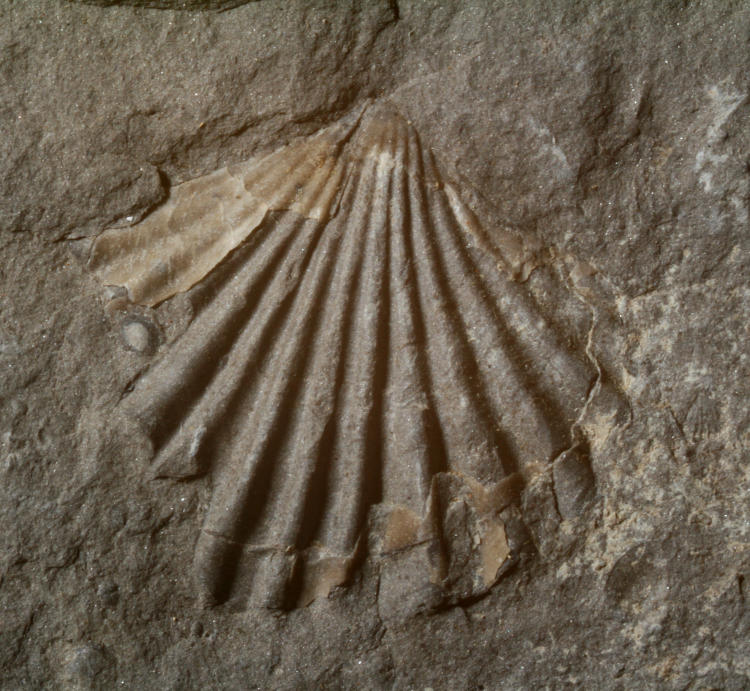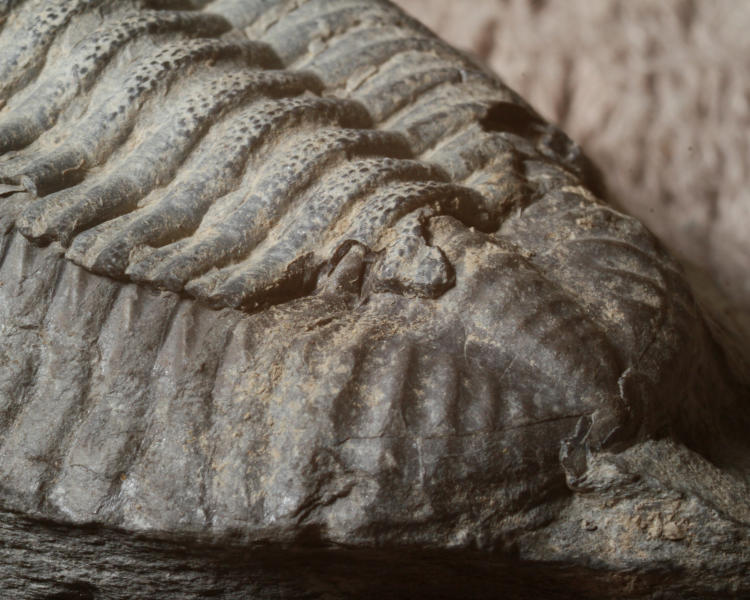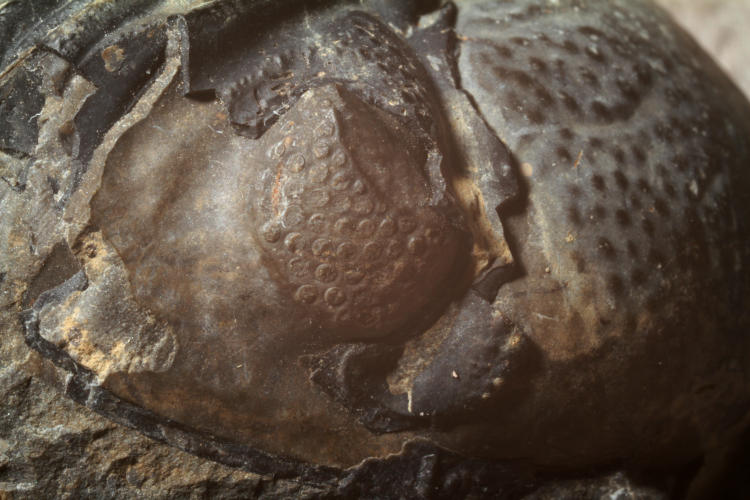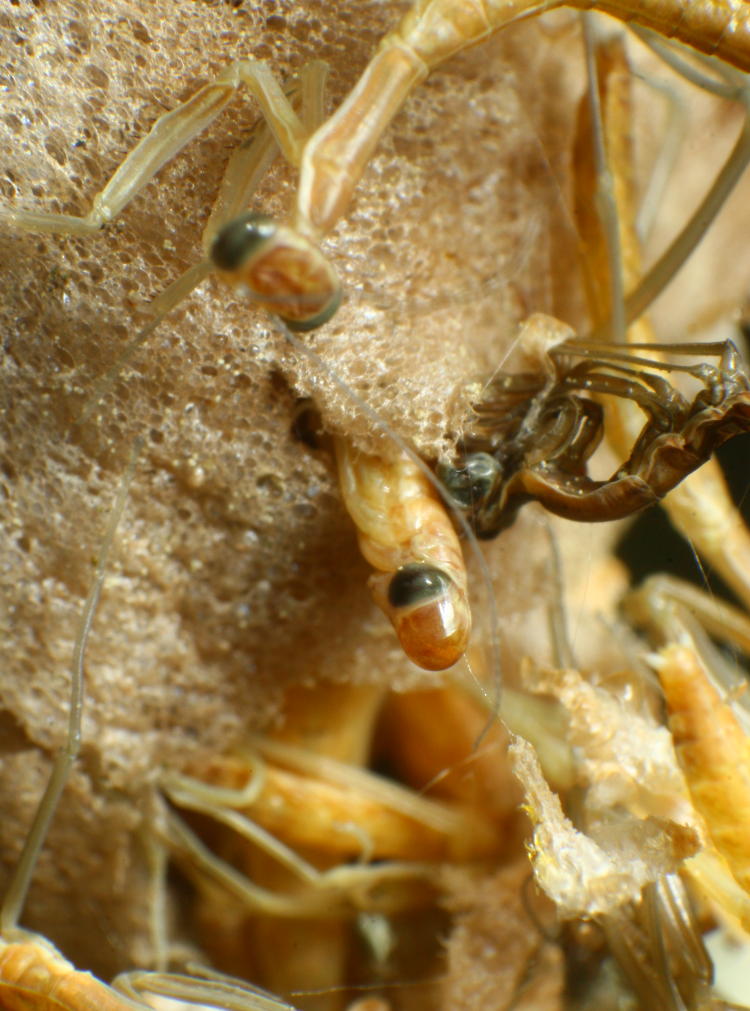It’s been a while since I’ve tackled a post of this nature (instead of a post of nature,) and I’m out of practice, I think. More, my reading and web surfing hasn’t been related to this as much anymore, so I’m not inspired to address such topics anywhere near as much. But in light of recent developments (as well as re-reading Richard Dawkins’ The god Delusion,) I think it’s worth a post.
Outspoken atheists are very often considered a bit, “mean,” and numerous critiques of their publications, editorials, or talks revolve around the tone, far more than the content – offering a reasoned rebuttal of the points doesn’t occur very often. The implication is that religious folk are just sitting here minding their own business when they’ve been savagely attacked, belittled, and bullied, just for their beliefs. Which, naturally, deserve respect.
You know what’s coming, of course, but I want to highlight that, even when most of us recognize the failures and weaknesses of religion, we’re still influenced by the cultural emphasis on it, to the point where we tend to be a lot more wishy-washy in our response to it than is warranted. I don’t think this is doing us – or anyone, really – any favors.
We’ll start with the whole ‘tone’ thing, because it not only shouldn’t ever be an issue, it’s also manipulative; we need to recognize this and, really, call it out frequently. This isn’t nursery school – no one has a right, or should even have an expectation, of not getting their feelings hurt. The vast majority of us heard far worse in high school, and we have R-rated movies and murder podcasts and political campaigns and all that jazz – no one is a stranger to ‘bad tone.’ Hang around a construction site for an hour sometime. Quite frankly, nearly every example of atheist or secular editorials is far milder in tone than is warranted, when we consider what’s being addressed (which we’ll get into in detail shortly,) so we need to recognize this as sidetracking, at the very least, and not be swayed by it. Actually, it’s preferable to highlight this as the crass tactic that it is.
I’ve addressed the ‘respect’ thing before and won’t reiterate those points, I’ll just offer the reminder that respect is earned, and earned for providing benefit or accomplishing something worthy – not because anyone has declared themselves in possession of a label. While anyone may have the privilege to choose some standpoint or hold some opinion – indeed, we couldn’t take this away even if we were so inclined – this has nothing to do with whether it’s respectable or not. I am 100% supportive of free speech and of maintaining this privilege even in the face of today’s hypersensitive cultural fads, the modern-day witch hunts for those that do not hew tight enough to the ‘Woke’ standards – but I am also 100% supportive of responding to any given free speech with the countering opinion, if warranted, that one has their head up their ass. Respect, and its necessary sister Disrespect, are both functional aspects of defining how beneficial our culture should be – but only when they’re wielded with that function in mind.
I’ll sidetrack just slightly here for a related aspect, because too often people cannot see the difference. Censorship, one of the primary tools of cancel culture, is not merely a stronger version of disagreement; bluntly, it’s the admission that you can’t actually make your case convincingly and have to resort to force. Moreover, it never works. What we’re after is changing peoples’ mind towards a more beneficial standpoint, which censorship is incapable of, and might actually work in exactly the opposite manner, breeding resentment among those so censored and thus strengthening their resolve. If we’re confident that we have a better standpoint, then we should be able to demonstrate this with open exchange.
Which brings us back around to the atheist/secular treatment of religion. Let’s keep it in perspective. No concept of supernaturality, of deities, of extra-physical realms of existence, of even souls or karmic vessels, has the slightest empirical evidence to support it. Nothing. There is no method to differentiate any popular religion from the volumes of mythology that our history and literature is chock full of. No form of scripture comes even remotely close to the millions of interlocking bits of evidence we have of the age of the Earth, the development of life, the nature of the universe, or even accurate portrayals of human nature – some (most) of the stories are so ludicrous that they defy adequate adjectives. No examples of supernatural knowledge exist, no predictions of coming events, nothing to even promote humans towards improvements; for every example of beneficial guidance, there are at least as many recommendations and examples of emotional, reactive, and outright reprehensible actions. The bare fact that countless atrocities, throughout history and now, are directly intertwined with religious fervor is plain evidence that it doesn’t work, but the exhortations of sexist, bigoted, and exclusionary behavior are, by themselves, enough reason to discard any suggestion that this is useful guidance. In the US, the vast majority of prejudicial laws, passed or proposed, are religiously motivated.
This is not news to those of us that choose to engage. But we tend to minimize, even subconsciously, the vast extent of the issues – solely because we’re conforming to a culture that has embraced this stupidity. The culture isn’t what we should be focused upon; the stupidity is.
It goes much further than that, though. Despite this plethora of nonsense, it takes no effort whatsoever to find some religious pundit spouting judgment, abuse, and hatred, whether it be against gays, unwed mothers, teachers of evolution, or those politicians that don’t lick the pundits’ asses; somehow, not even the moderate religious ever speak out about the ‘tone’ there. There is no accurate tally on how many followers of this loving, just god (their words, not mine) were absolutely delighted to hear about a mass shooting in a gay nightclub, but enough of them certainly weren’t shy about spouting this in public, were they? Just about any natural disaster is pounced on by countless self-appointed fosters of ‘good’ behavior as evidence that their god is a nasty little fuck regarding his creation, and the assertions that misfortune is direct evidence of god’s displeasure are exceedingly rampant. Not only are they not ashamed of this hatred and animosity, they promote it in others and use it to solicit donations. Well, that’s sure a great way to build a better society…
Even those that don’t publicly denounce the various immoral behaviors that earn their ire are complicit in promoting legislation (no doubt with church donations solicited under the guise of providing benefit) to force everyone to conform to their bronze-age ideas of ‘good.’ There is no benefit to be found here, no respect, no love for fellow human beings, no humble servitude, not even the bare recognition that their god already has the whole system under control. Religion is, and has always been, a power play, a method of influencing (if not outright enforcing) the self-proclaimed authority of the religious leaders themselves. It might be strictly local, it might even be with the conviction that this is wise and just and benevolent, but it remains firmly intertwined with classism and influence and, “I know what’s right.” We’ve been conditioned for centuries to, “have faith,” and, “trust in god’s word,” and, “you can’t be good without religion,” that we rarely ever consider that none of it can be supported even remotely as well as any sixth-grade science project. We let this horseshit go on because almost everyone before us did, and it’s now part of our ‘society.’
Lest you think I’m being hyperbolic, dismissive of those religious figures who really are just interested in promoting good behavior, I’ve met plenty – including my own father, who performed guest sermons for his churches whenever possible. I’ve no doubt that many – perhaps most, perhaps not – aren’t on a power trip, desiring to be held as an authority; yet they still seem to believe that their ideology is valuable and beneficial, with no way of demonstrating how or why. And this is still lacking in focus a little. We have standards for college professors, electricians, mechanics, doctors, and so on, well beyond their mere desire or ‘calling’ to provide a service; when we need guidance or expertise, we look for people who have a supportable understanding of the subject at hand. We would be rightfully dismissive of a biologist that failed to understand (or “believe in”) how a cell functioned. But when it comes to religion, there is no background, no support, no facts whatsoever. Even the most ardent and active theologians are mostly unknown by the majority of preachers, as well as being dismissed out-of-hand by followers of other faiths. Religious people tend not to recognize this, but most of the world considers them mistaken (since no religion holds a majority of followers within the world’s population,) and worse, there’s absolutely nothing that they could offer to support their views; it makes no difference who I’m referring to. Religion is nothing but a personal opinion. Which makes it remarkably useless to base any decisions on whatsoever.
Which leads us to, There is nothing ‘mean’ about being dismissive of religion. It does not belong in the same conversation as any science, as politics, as medicine, or really, as any public forum – full stop. No one brings up their hobbies, their pets, their childhood stories in such cases, all of which have more factual support than any religion worldwide. The cheesiest teenage comedy movie hews closer to reality than the best examples of religious scripture (and is it even logical to select only the ‘best’ within the morass of outright goofy stories within scripture?) We need to be perfectly comfortable with cutting this off the moment it appears, telling people that it doesn’t belong, and maintaining that we have had countless methods of determining useful information for centuries now, that work and show measurable results.
This is the point: society is not about ‘majority opinion’ (otherwise known as ‘mob rule’) – it is about benefit and improvement. A grocery store that only carried one brand, one flavor, one variety of anything isn’t very functional, yet we’re allowing that same kind of bullshit to take place, in far too many circumstances, with much more important decisions. Call it out. Never hesitate to treat this as the ancient superstitious mythology that it is, and most especially, as a personal opinion that has no useful function. We’ve let this go on for far too long, to obvious detriment.
But, some caveats. Doing this usefully, and not antagonistically, is better of course, and by far the approach should be to denigrate the ideas, not the people – people are always a mixture of good and bad, wise and stupid, beneficial and detrimental, and don’t deserve being lumped into any given category, so we should always stick to the ideology. Being very matter-of-fact can be remarkably disarming; simply saying, “We’re not discussing religion, we’re discussing science,” is enough of a reminder that any religion is only one among many, as well as establishing boundaries (that should never have been loosened in the first place, and still remain in numerous European countries at least.) Or simply pointing out, “That’s simply your religion,” as a reminder that our culture is made up of plenty, while, “I’m sure god can speak for himself if he finds it that important,” is snarky but humbling. “Do you have anything that’s relevant to this conversation?” is also sharp, but makes the point of not even considering religion a factor. “What studies are you basing this on?” and, “Can you back this up with figures?” are both effective in directing attention towards goals. And these aren’t even being mean, just practical.
We see what happens when we don’t, when we allow religious folk to set their preferred standards of ‘decorum’ and what’s appropriate – this country is backsliding rapidly right now, and we’re letting it happen in the guise of being polite and non-confrontational, of yielding to a perceived majority as if religious people could agree on three things amongst themselves, or simply because we have the impression that we ‘shouldn’t make waves.’ But you’ll notice that the religious don’t seem to be following those rules, and an awful lot of our politicians are sucking up to them because they’re making the most noise.
I can imagine the rejoinders from some religious folk right now: “Well, that’s not all religious people – they don’t speak for me.” But you’re not speaking for you either; if the rabid fundamentalists are the public face of religion, the biggest influence on politics and policies and so on, whose fault is that? If we consider the actions within our society from the standpoint that they were coming from some other religion, especially one with standpoints or morals or consequences that we don’t like, and realize how badly that would suck, well, now we understand why restrictions against such things were put in place very early on in the creation of our political system – you know, the ones that are now largely ignored. While religions are ostensibly for everyone, to bring benefit to humankind overall, you wouldn’t be able to tell that from most of the practitioners, the ones that view everything from the ‘us’ and ‘them’ standpoint. “It’s okay if it’s ‘us’ but not okay if it’s ‘them,” isn’t a useful policy – it’s not a policy at all, but tribalism, as nonsensical as fretting about sports rivalries. No one in this country should have to be reminded that religion has no place in politics – no personal decisions do, no matter how much of a majority holds them – yet we’ve let this happen. Who’s going to fix it now? Should we wait for god to do it? Feel free to ask that of the millions of ‘god-loved’ people who have died in religious conflicts, but you may have a hard time getting an answer…
So yeah, speak up, speak out, make our voices heard. It would be a long time before we got to be as mean as some of the religious folk have been, or really, as they are right now.

































































